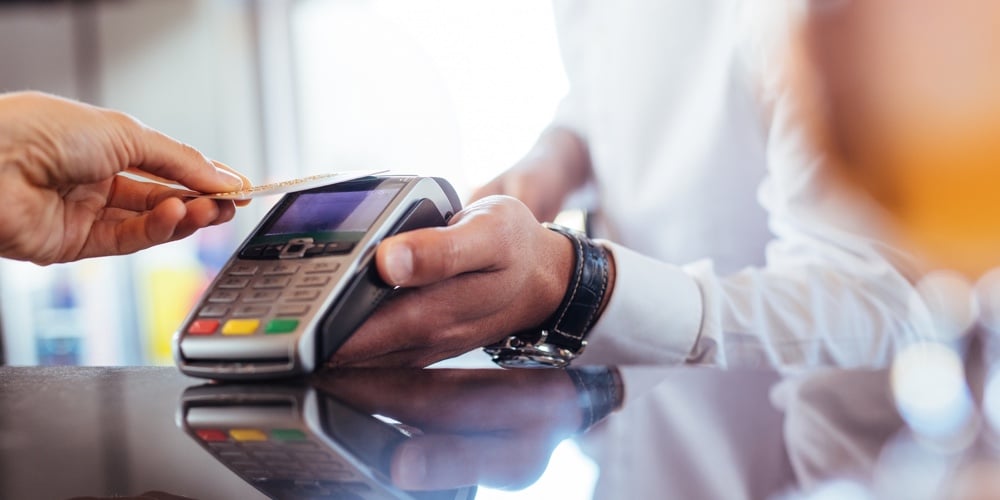Propelling payments into the future

Since March, social distancing practices enacted to help slow spread of the coronavirus have plunged us all into a “new normal” of staying at home, self-servicing, shopping online, and curb-side grocery pickup. While there are still many uncertainties about the long-term impact of the coronavirus on our lives and economy, one thing that’s certain is that the world is going to be different on the other side. This means that keeping up with consumer trends in payments preferences is going to be paramount, and financial institutions that are able to adapt quickly to the changing market will be rewarded.
Right now, financial institutions have the opportunity to leverage technology and self-serve channels to empower their account holders and borrowers to manage their banking needs, while minimizing their trips away from home. In this blog post, we’ll discuss trends in self-service and contactless payments and let you know how diversifying your payment channels can give your institution a strategic advantage going forward in a post-coronavirus reality.
Contactless cards
Consumers can make contactless payments by simply holding a debit or credit card near a payment terminal. Until recently, Americans had been late adopters of this technology. According to CreditCards, as recently as the summer of 2019, contactless payments accounted for only 0.18% of payment transactions in the U.S., while outside of the U.S., 48% of in-person transactions are contactless.
continue reading »




